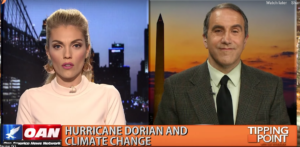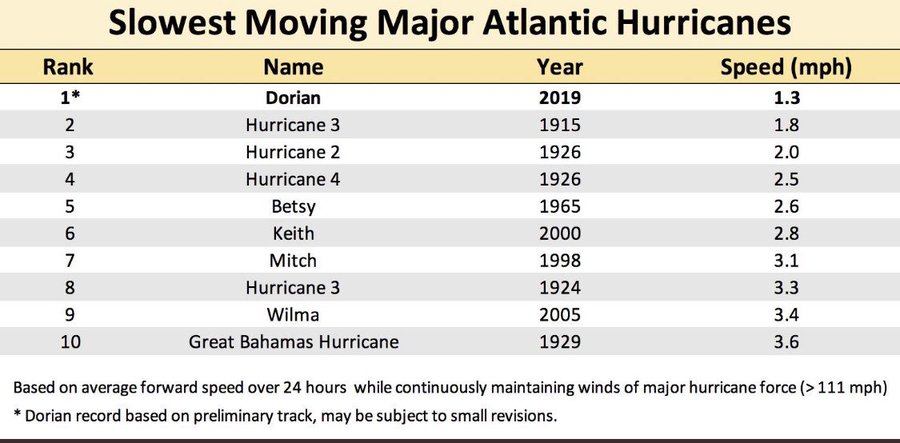How The Left Tries To Politicize Disasters
Tipping Point With Liz Wheeler on OAN
#
Related:
since 1950. Allen (1980) had maximum sustained winds of 190 mph.
database prior to 1980.
Rain Used To Be Caused By Global Cooling, But Now Caused By Global Warming – During 1972 record rains in parts of the U.S., Pakistan and Japan caused some of the worst flooding in centuries.
awarded a five-year $175 million cooperative funding agreement to the University of Maryland for collaborative research in Earth system science.
A UMD center signed a $64.8 million agreement with NASA to expand its Earth systems researchMarch 2017: A UMD center signed a $64.8 million agreement with NASA to expand its Earth systems research
Since 1999, the University of Maryland’s Earth System Science Interdisciplinary Center has collaborated with NASA’s Goddard Space Flight Center to research climate change, the composition of the atmosphere and the carbon and water cycles. On March 15, NASA awarded the ESSIC a $64.8 million five-year cooperative agreement that will allow the center to continue its research on Earth systems science.Fernando Miralles-Wilhelm, interim director of ESSIC and professor of atmospheric and oceanic sciences at this university, said this is the largest of four agreements ESSIC has received from NASA since its formation. He added that the amount of funding awarded by NASA has grown steadily as the ESSIC’s research abilities have expanded.
As the water in the kettle gets hotter, the boiling bubbles become more rapid. “These storms are essentially like those bubbles,” Miralles-Wilhelm said…
#
Watch: Morano’s new video debunks media hype on hurricanes & ‘climate change’
NPR tries and fails to connect ‘slow moving hurricanes’ like Dorian to ‘climate change’
Note the starting point, 1944. Also note that the majority of “slow moving hurricanes” are during the satellite era, when hurricane tracking improved by at least an order of magnitude…Many of the slowest moving storms were a long time ago
Florida Major Hurricane Strikes: No Significant Increase in Intensity from Sea Surface Warming
Spencer: “What they claim is a record (which appears so) is that we have now had a stretch of 4 consecutive years with at least one Cat5 hurricane. I claim that is a contrived statistic…The 1930s also had a stretch of 4 years with 5 Category 5 Atlantic hurricanes…Which is more significant in a “climate change” context: that in 1933-34 there were two Cat5 storms (both in 1933), or in 2018-2019 there were also two Cat5 storms, but one in each year? Because that what this boils down to.”
Sean Hannity to warmist Betsy Rosenberg: “Would you like to put us in jail?”
Warmist Betsy Rosenberg: “I would like to get you off the air.”
Five CNN Hosts Spend Six Hours Blaming Climate Change for Hurricane Dorian at Dem Forum
Updated statement Aug 2019 from NOAA GFDL: “In the Atlantic, it is premature to conclude with high confidence that human activities–and particularly GHGs that cause global warming–have already had a detectable impact on hurricane activity”
More from NOAA GFDL: “U.S. landfalling hurricanes, which even show a slight negative trend beginning from 1900 or from the late 1800s…”
NOAA GFDL: “In short, the historical Atlantic hurricane frequency record does not provide compelling evidence for a substantial greenhouse warming-induced long-term increase.”




